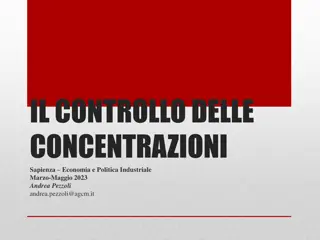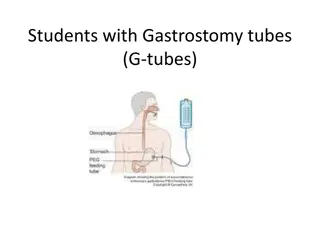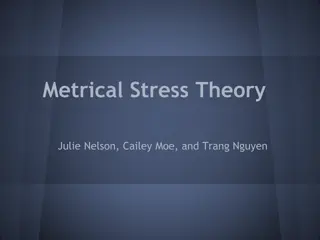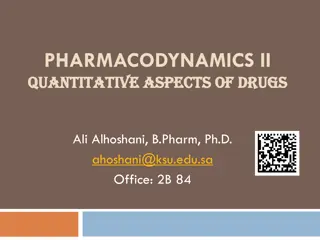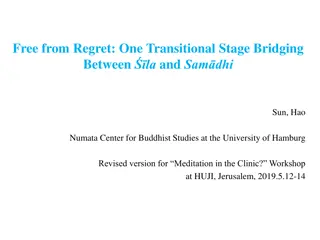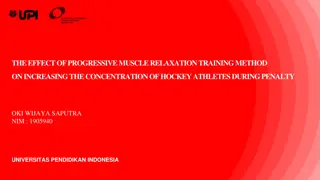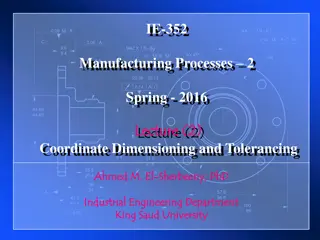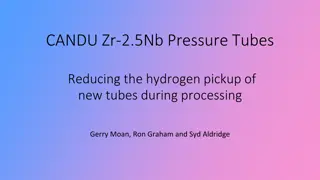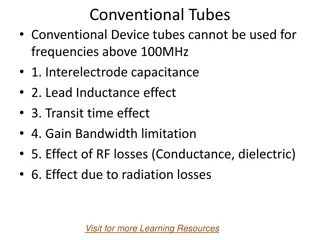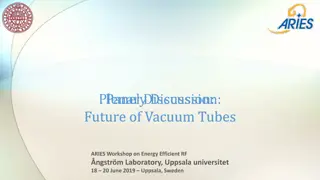Evaluation of Stress Concentration on Tubes with Transversal Hole
Study on evaluating stress concentration on tubes with transversal holes using the finite element method. The research aims to understand the stress concentration factor evolution to develop a generalized equation. Various load cases and criteria analyses were performed, debunking assumptions about stress distribution at hole locations. Results show discrepancies in stress location predictions compared to the Peterson method.
Download Presentation

Please find below an Image/Link to download the presentation.
The content on the website is provided AS IS for your information and personal use only. It may not be sold, licensed, or shared on other websites without obtaining consent from the author.If you encounter any issues during the download, it is possible that the publisher has removed the file from their server.
You are allowed to download the files provided on this website for personal or commercial use, subject to the condition that they are used lawfully. All files are the property of their respective owners.
The content on the website is provided AS IS for your information and personal use only. It may not be sold, licensed, or shared on other websites without obtaining consent from the author.
E N D
Presentation Transcript
EVALUATION OF THE STRESS CONCENTRATION ON TUBES WITH TRANSVERSAL HOLE BY MEANS OF THE FINITE ELEMENT METHOD Author: Ben Jordan Baxter Director: Juan Jos R denasGarc a July 2016
INDEX Summary and geometrical model Mesh generation Boundary conditions Results Macro FEM and Peterson discrepancy Polynomial Fitting Conclusions
Study stress concentration factor evolution and obtain an equation that represents this phenomenon, regardless geometry and forces MAIN GOAL ESSENTIAL PARAMETERS DEFINING GEOMETRICAL FEATURES: D, d/D, di/D
AXIAL FORCE BENDING MOMENT TORSIONAL MOMENT EMBEDMENT AND USE OF A RIGID REGION FOR LOAD APPLYING THREE LOAD CASES
VERIFY STRESS DISTRIBUTION IS CORRECT AND MAXIMUM STRESS IS AT HOLE ???? ????? ?????? ??????? ??=
64 POSSIBLE ANALYSES THREE LOAD CASES WITH THREE DIFFERENT CRITERIONS 576 RESULTS PROCESS AUTOMATION HOW TO CALL MACRO ? SOLVETUBE, D, d/D, di/D AUTOMATIC DATA SAVING SEPARATED IN FILES
AXIAL FORCE 1ST PRINCIPLE STRESS 8 7 6 di/D = 0.9 Kt 5 di/D = 0.8 di/D = 0.6 4 3 2 0 0.1 0.2 0.3 0.4 0.5 0.6 0.7 0.8 d/D SAME TENDENCY BUT SLIGHT DIFFERENCES. WHY?
MAXIMUM STRESS ISN`T ALWAYS AT EXTERIOR LAYERS MAX STRESS LOCATION CHANGES WITH GEOMETRY PETERSON USED STRAIN GAGES ON EXTERIOR LAYERS EXPECTING MAX STRESS TO ALWAYS BE AT THIS LOCATION FEM PROVED PETERSON`S METHOD ISN`T TOTALLY CORRECT
FIT RESULTS TO A COMPLETE THIRD DEGREE POLYNOMIAL HOW ? MATLAB LEAST SQUARE METHOD STRESS CONCENTRATION FACTOR FUNCTION OF d/D AND di/D RESULTS FOR AXIAL FORCE
PROVES FINITE ELEMENT METHOD AS A POWERFUL CALCULUS TOOL AGAINST PETERSON`S EXPERIMENTAL METHODS
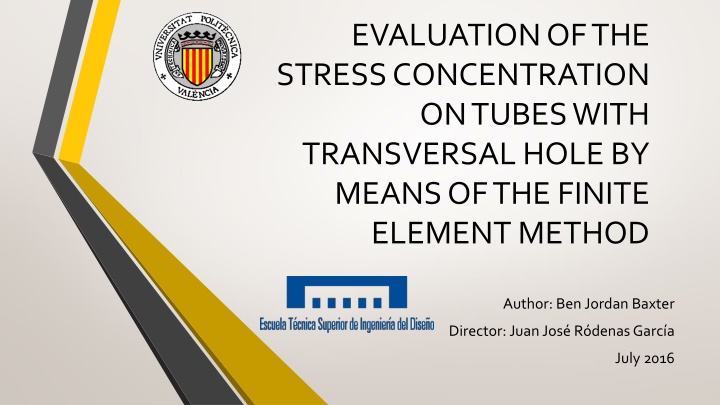

![[PDF⚡READ❤ONLINE] Black Hole Astrophysics: The Engine Paradigm (Springer Praxis](/thumb/21503/pdf-read-online-black-hole-astrophysics-the-engine-paradigm-springer-praxis.jpg)
